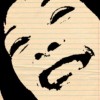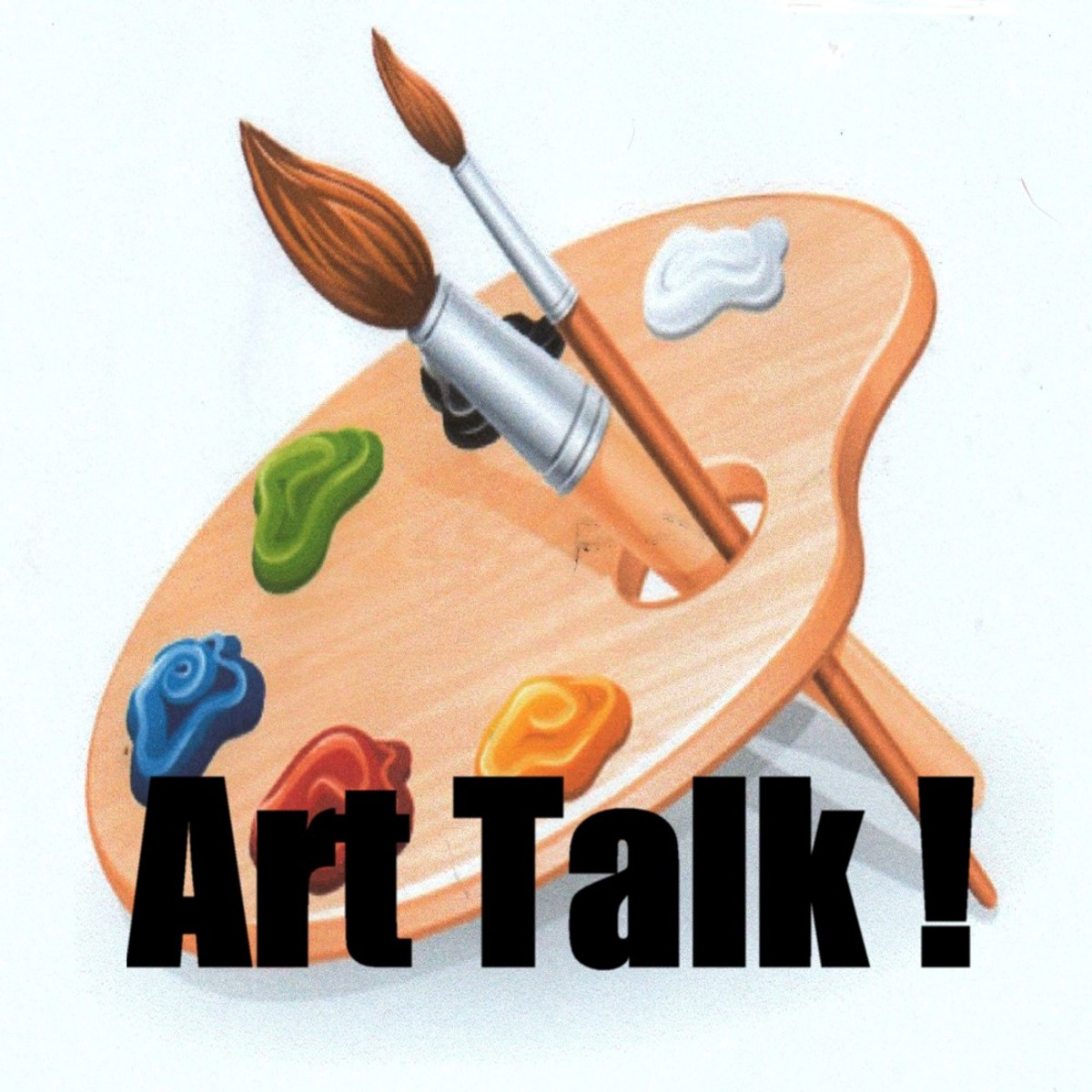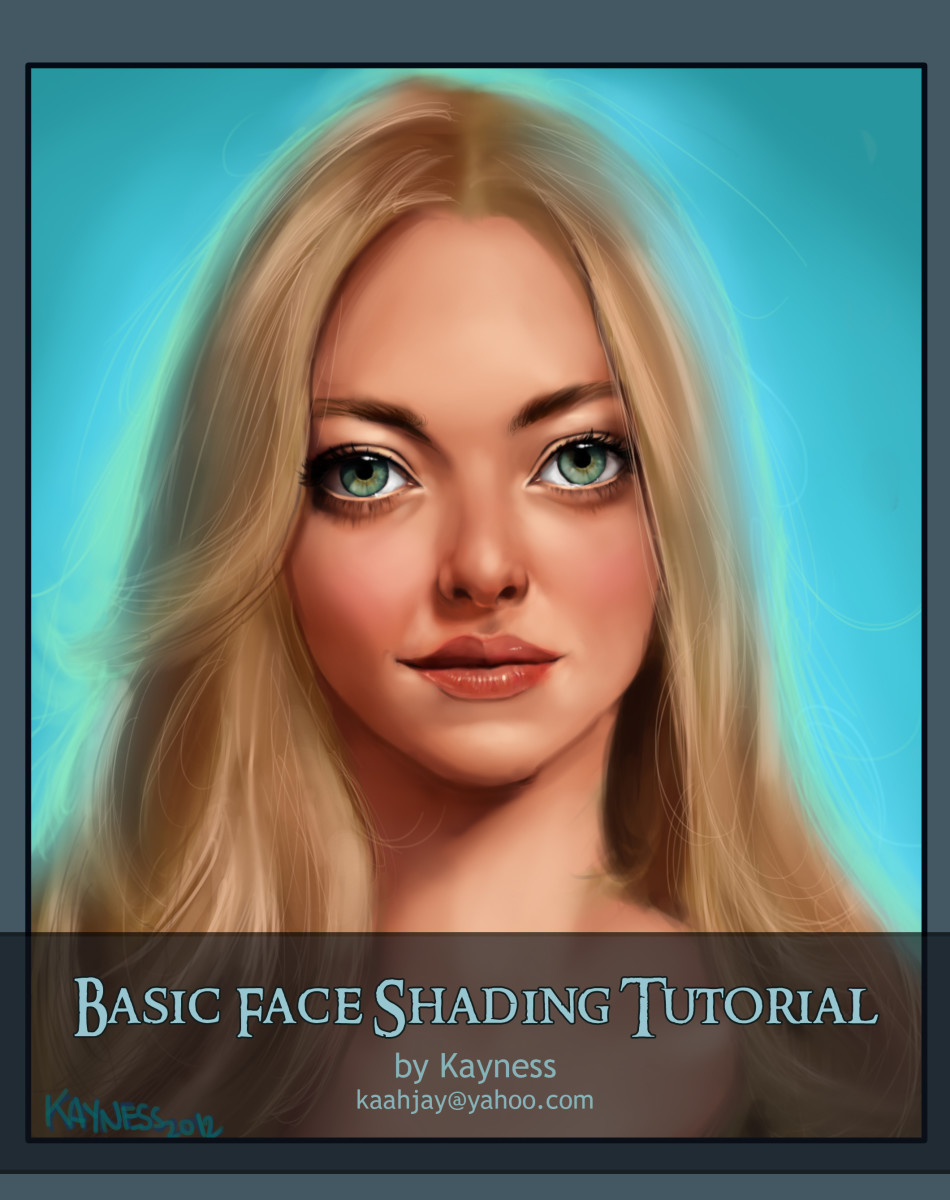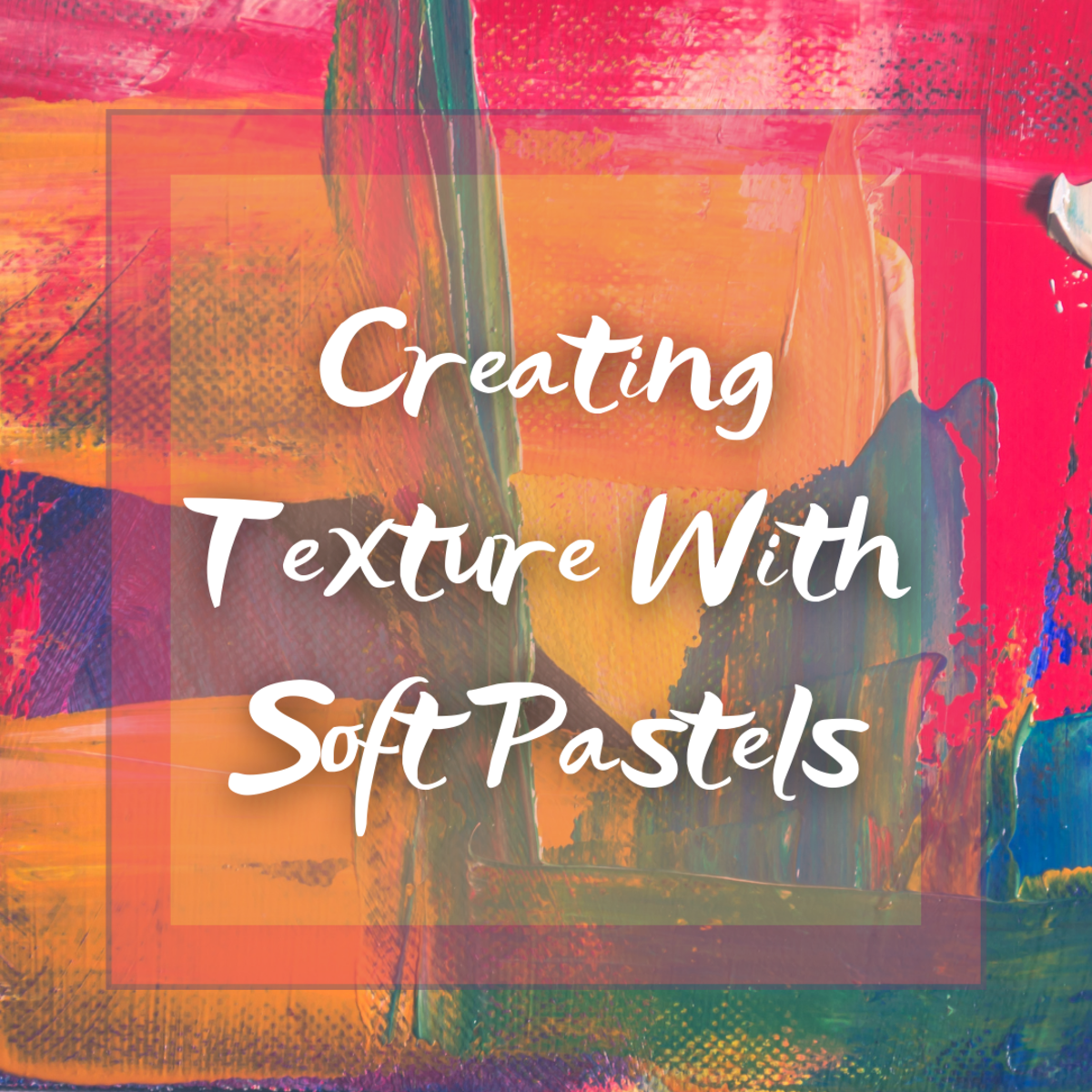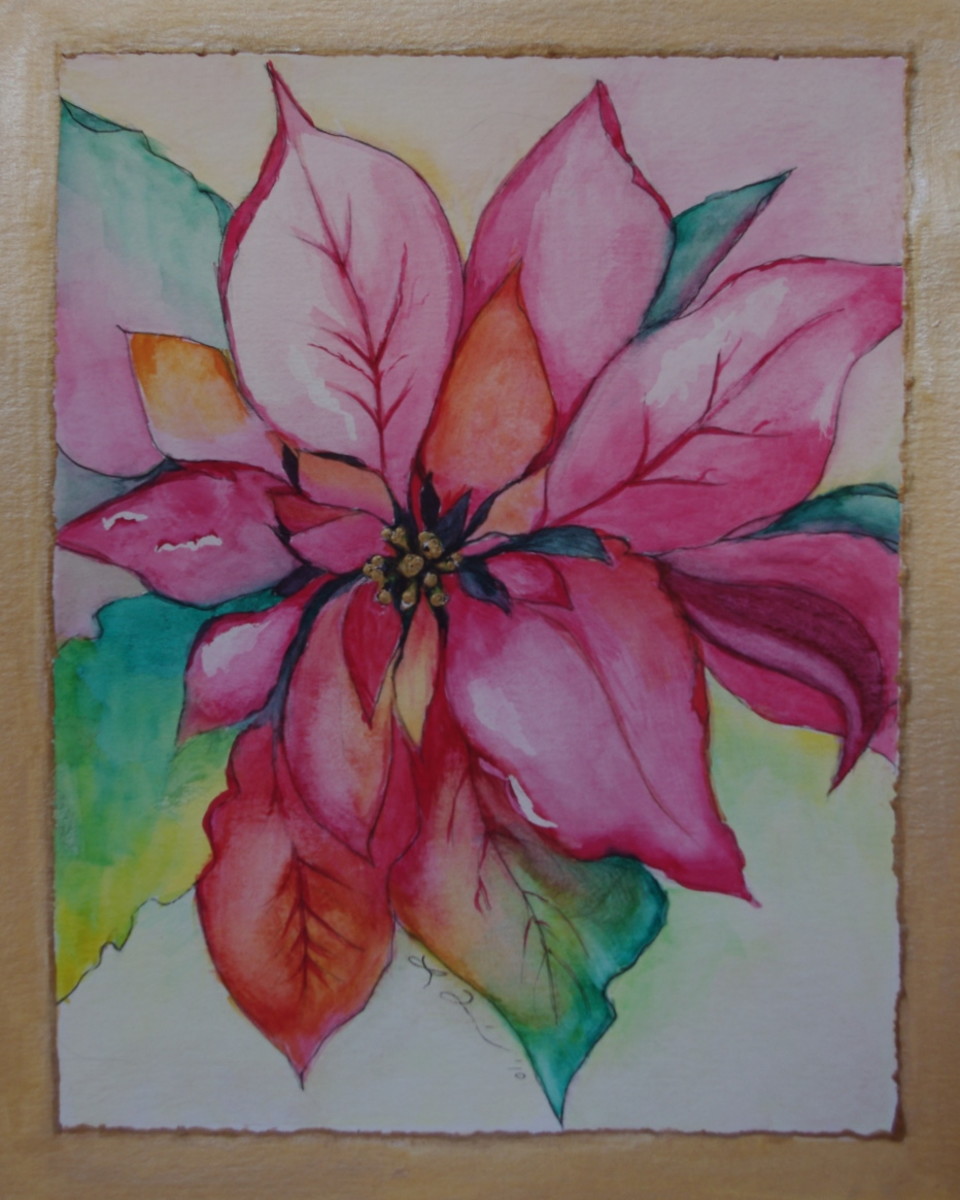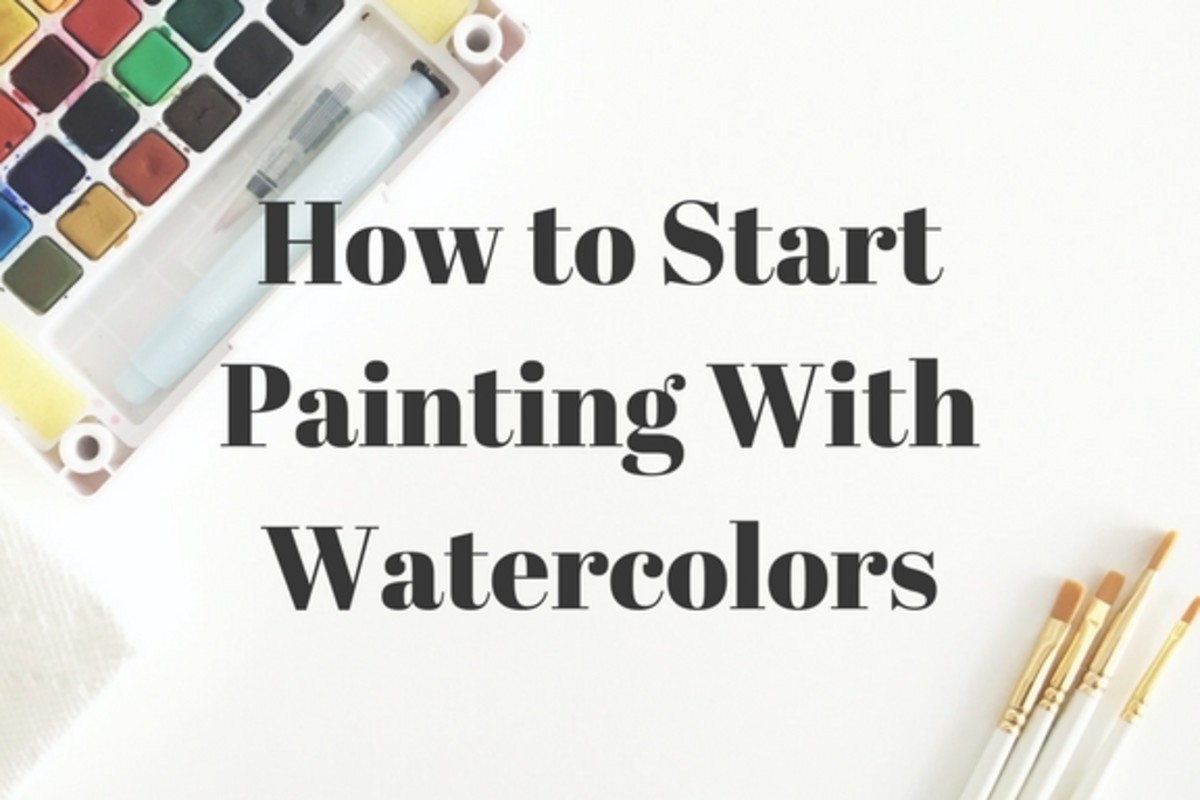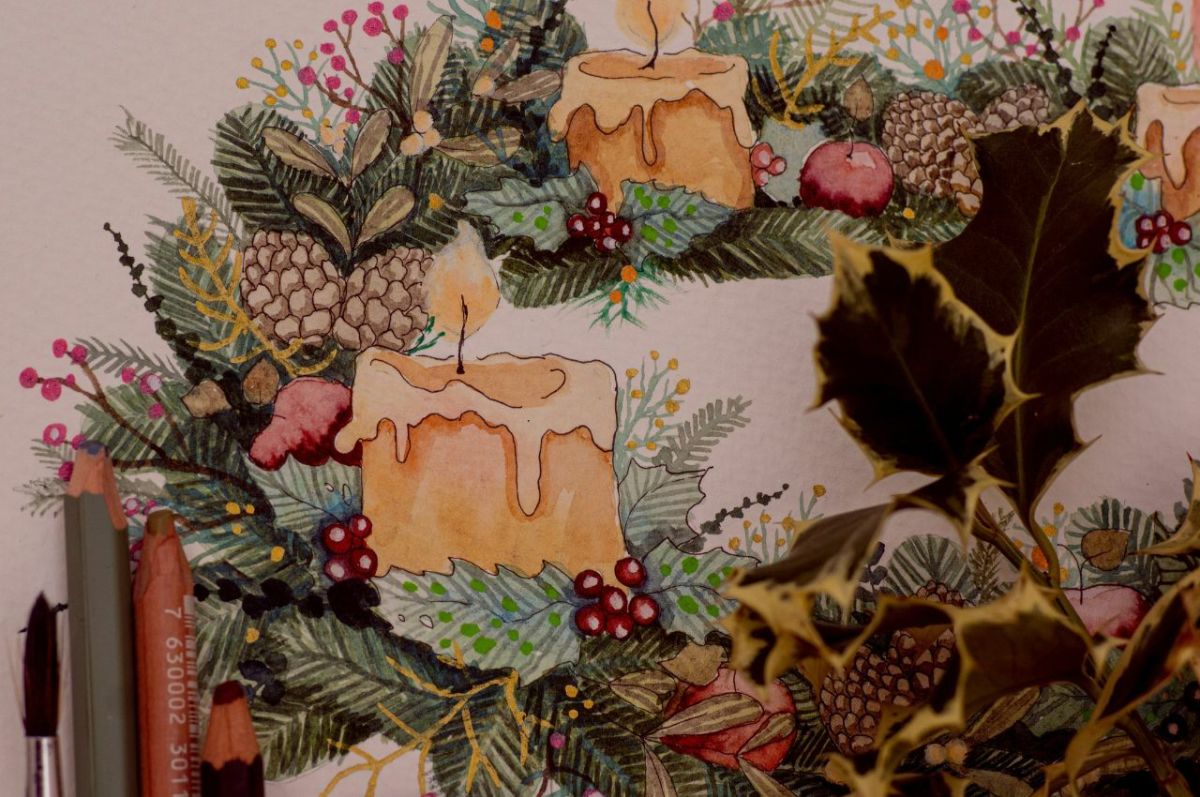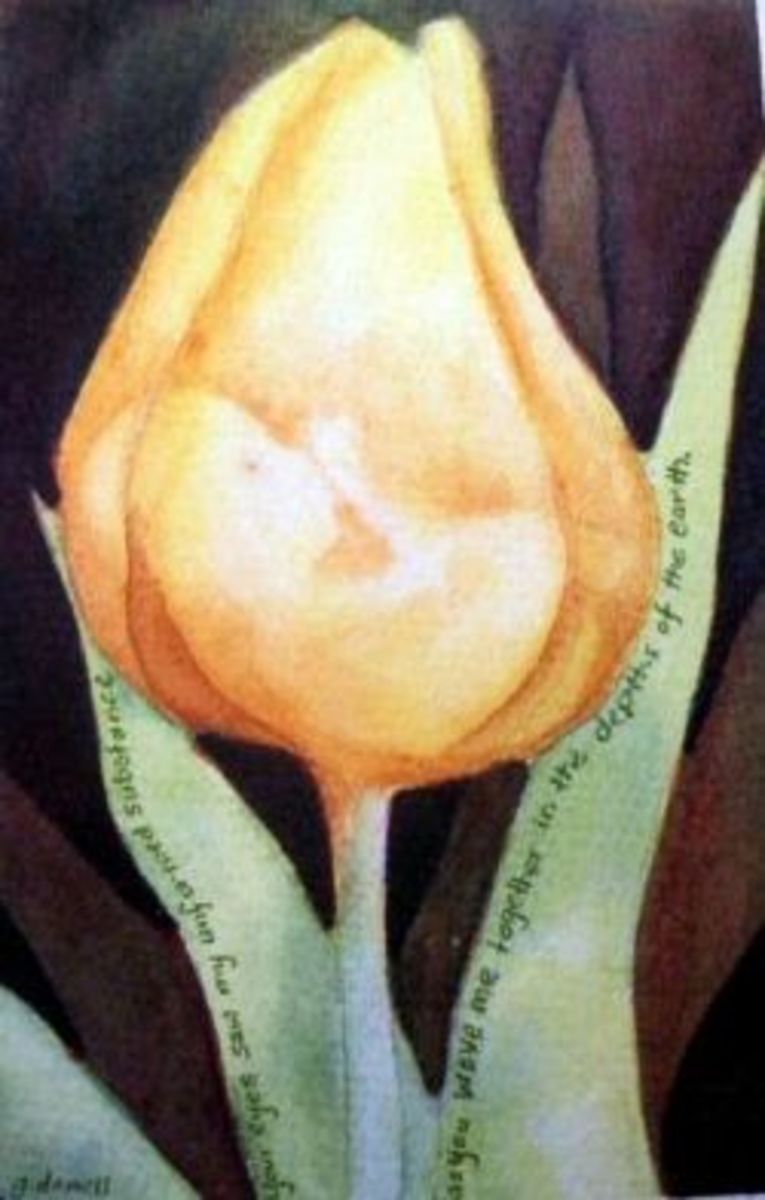Loadsa arty stuff, the June McEwan way: Starting Watercolour Painting
Turleum Farm
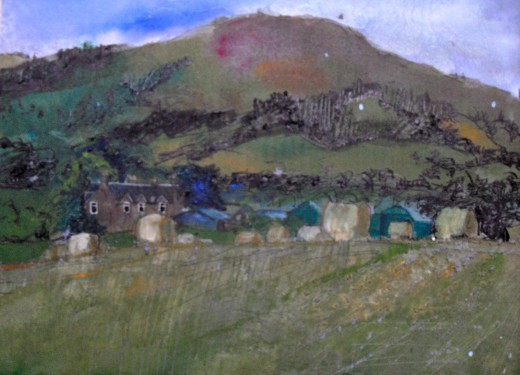
Loch Tay
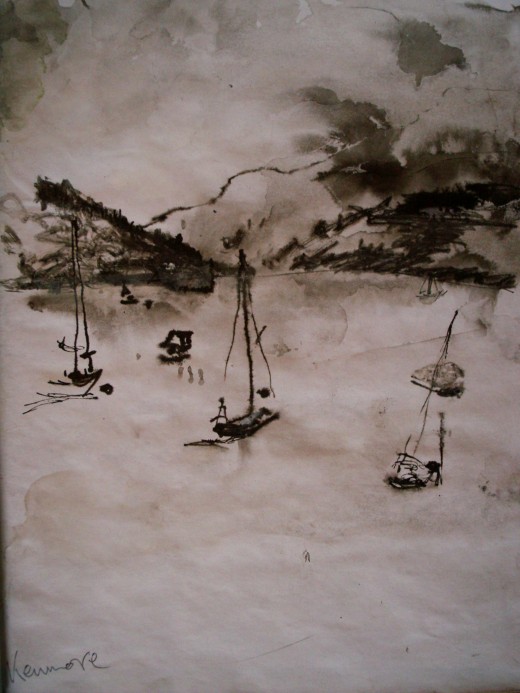
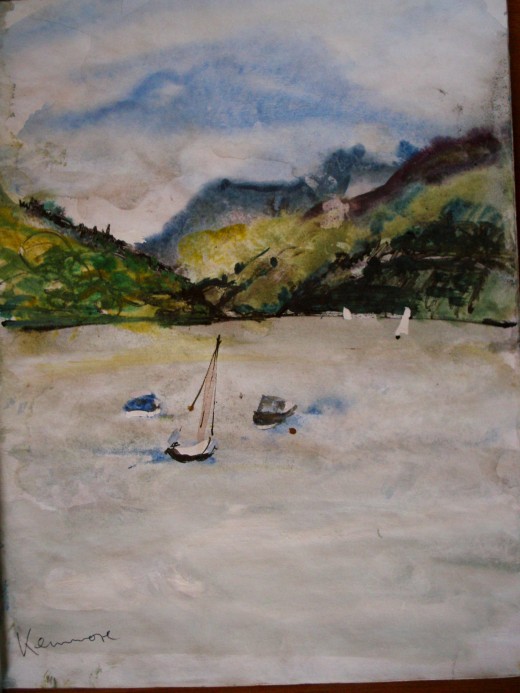
Starting Watercolour Painting
June McEwan 8 Mitchell St Crieff PH7 3AG
Mob: 0777 187 5443
WATERCOLOUR PAINTING
Traditional watercolour painting follows a basic routine:
Place your objects by drawing lightly in pencil
Wash in the basic 1st colours, strating with the lightest until the whole page is covered, using a large brush.
While still damp, deeper washes should be applied and work in details in darker colours. Use a mid - sized brush.
Finally, let the paper dry to allow finishing touches using a small fine, sharp tipped or rigger brush to define details and drawing.
Techniques
* Wet in wet
Keep the whole area dampso that colours run intoeach other and blend: Good for skies and 1st colours
* Blots
Splodgy effects give a look of foliage and flowers.
* Body Colour
Add white gouache, (I prefer zinc), to thicken paint. Effective on toned paper. Lifts and strengthens colours: Good for highlights.
* Dry Brush
Adds texture. Be selective. Good for grass textures.
*Lifting Out
Blot wet areas with either a spong, tissue or cotton bud. Or damp the sponge to lift out unwanted areas.
*Line and Wash
The usual method is to ldraw out your picture using a pen and ink, followed by washing in using local colour, wet in wet, letting the colours run into each other to create atmosphere.
Things to Remember
Try not to overpaint too often as a watercolour will lose its freshness if worked too much.
The effect of the water drying will leave washy marks. These are a feature of watercolour painting adding to the effect. Go with the flow – that's what the medium is supposed to do!
If you want to mix your mediums by using pastels, charcoal or inks, this is OK. Anything goesin art! That's how to develop your style.
You're making a picture. The finished item is what matters, not how you get there!
